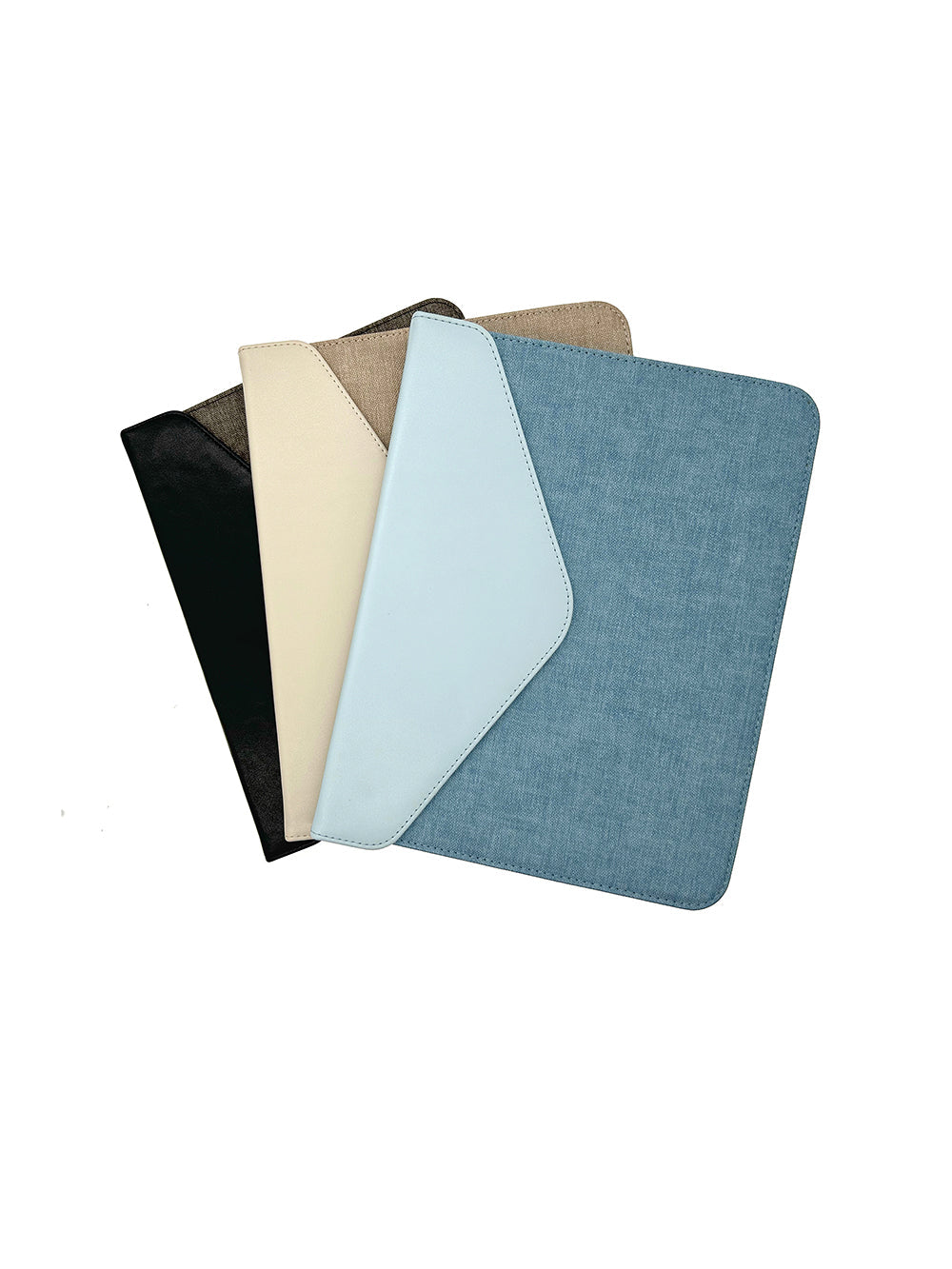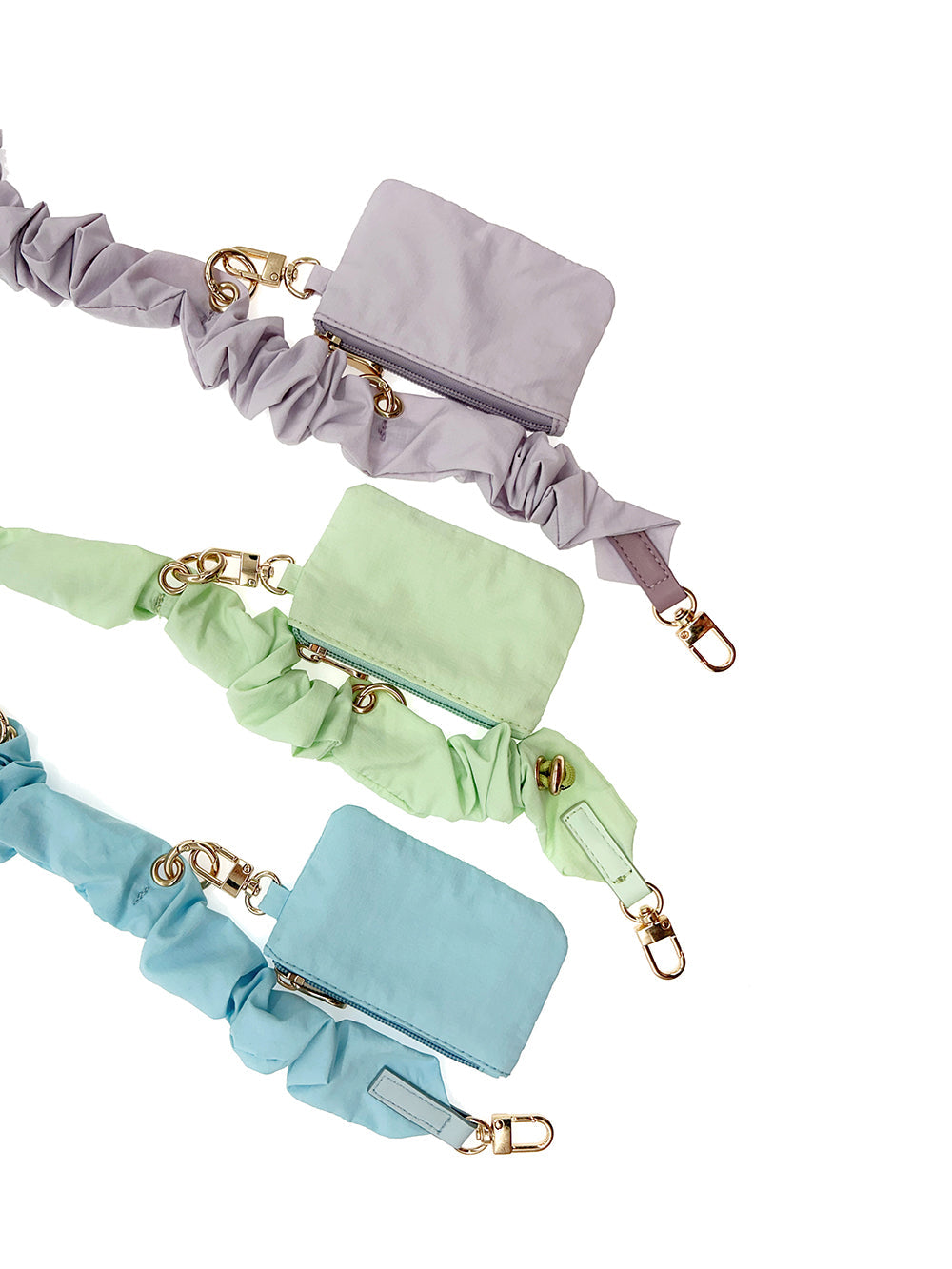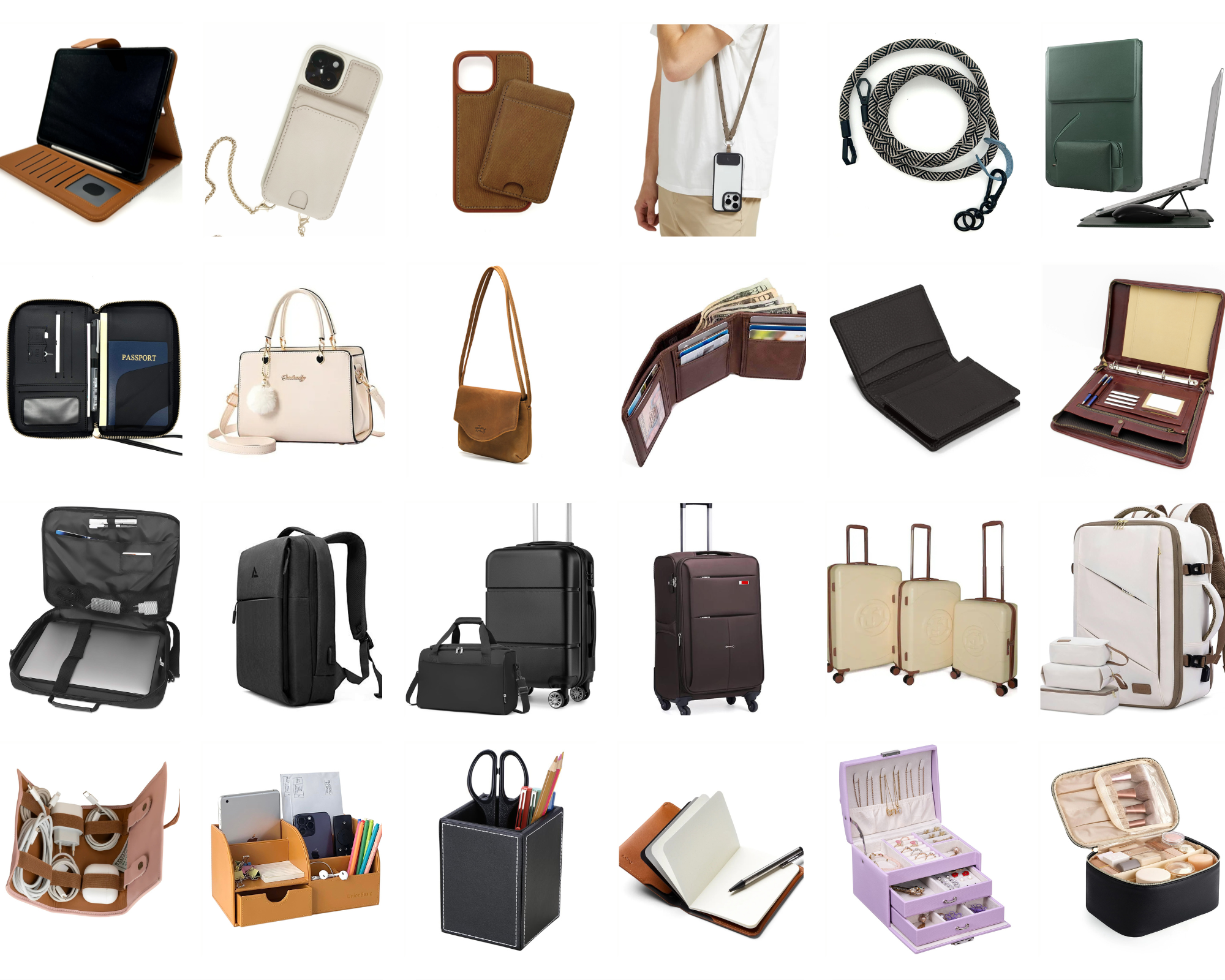
Understanding Leather Grades: Which One is Right for Your Business?
Share
If you're in the business of creating or selling leather goods—whether it's tech accessories, office essentials, or fashion items—understanding leather grades isn’t just helpful, it’s essential. The quality, durability, price, and even customer satisfaction all hinge on the type of leather you choose. With so many terms floating around—like full-grain, top-grain, genuine leather, and PU leather—it's easy to get overwhelmed. Let’s break it down so you can make confident, informed decisions that match your brand's values and your customers’ expectations.
At the top of the quality ladder is full-grain leather, widely considered the most premium option. It’s made from the very top layer of the hide, preserving the natural grain and imperfections that give each piece character. Full-grain leather is extremely durable and ages beautifully, developing a rich patina over time. If your business is targeting a luxury market or values craftsmanship and long-term quality, this is the gold standard. It’s more expensive, yes, but customers who appreciate authenticity and longevity are usually willing to pay for it.
Right below that is top-grain leather, which is also made from the top portion of the hide but is sanded and treated to remove blemishes. This results in a smoother, more uniform look. While it doesn’t develop a patina as richly as full-grain leather, it still offers excellent durability and a refined appearance. For businesses looking to balance quality with scalability—like boutique tech brands or premium office accessories—top-grain leather offers a great middle ground.
Then there’s genuine leather, a term that can be a bit misleading. Despite its name, genuine leather is a lower grade made from the leftover layers after the top is removed. It’s usually treated, painted, or embossed to mimic higher-quality leather, but it lacks the strength and aging properties of full- or top-grain options. However, it’s still real leather and can be a cost-effective choice for mass-market products, especially when appearance matters more than longevity. If your goal is affordability without going fully synthetic, genuine leather might serve your needs.
On the other hand, PU leather (polyurethane leather) is a synthetic alternative made by applying a plastic coating to a base material like fabric or split leather. It's vegan-friendly, affordable, and comes in a wide variety of colors and textures. PU leather is water-resistant and easy to maintain, but it lacks the natural feel and lifespan of authentic leather. For brands prioritizing sustainability, cruelty-free production, or budget-conscious consumers, PU leather offers a practical and stylish option.
Choosing the right leather grade for your business depends on a few key factors: your target market, your brand positioning, your price point, and your product use-case. High-end executive gifts, luxury stationery, and handcrafted tech organizers often warrant full- or top-grain leather for that rich, professional feel. In contrast, casual accessories, fashion-forward items, or eco-friendly collections may align better with PU or genuine leather.
Ultimately, understanding leather grades isn't just a technical detail—it's a strategic choice. It shapes your product’s quality, your brand image, and your customer’s experience. By selecting the right leather for your business, you're not just making a product. You're crafting a story—one that looks good, lasts long, and aligns with what your audience values most.





